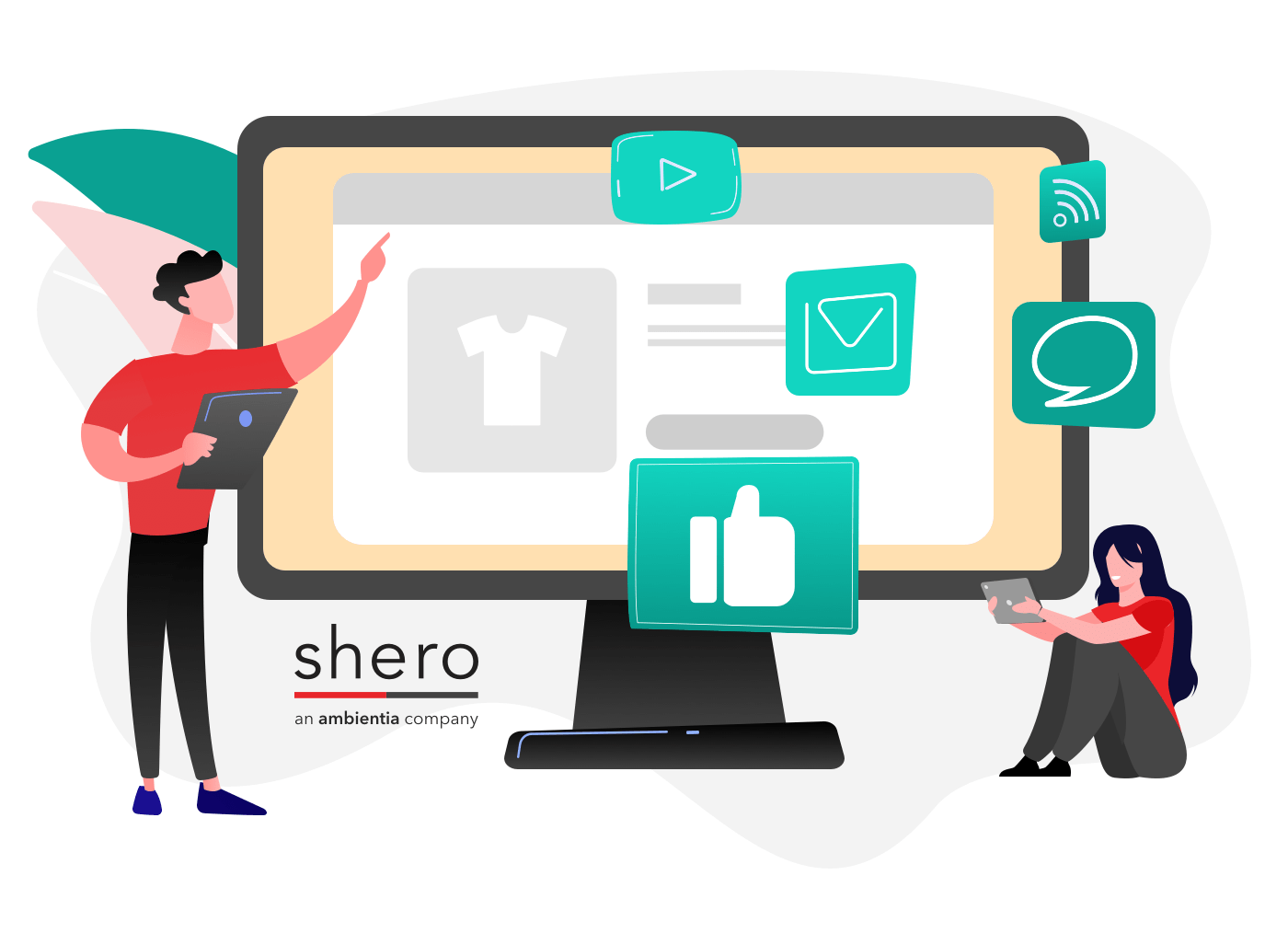In 1889 the RT Davis Milling Company put excess flour to use and created their first ever, self-rising, ready-made pancake mix. The precise balance of flour, powdered milk, and other ingredients led to a boom in popularity, especially with the adoption of the beloved Aunt Jemima character. From 1890 until 1923, Nancy Green was the welcoming face featured on all Aunt Jemima products and her infectious smile stocked grocery store shelves all over the United States. Ask almost any breakfast enthusiast what pancake mix they use or what syrup covers their cakes and you’ll probably get the same response, Aunt Jemima.
If you reflect on the history of commercial influence, you would find that it dates much further back than the rise of social media. Its roots are deeply planted in connecting brands with their audiences and fostering relationships that grow over time. From Aunt Jemima to the Marlboro Man and the Old Spice Guy, influence is deeply ingrained in marketing practices across all industries and it remains one of the primary techniques that drives brand exposure and loyalty.
Though the practice of leveraging commercial influence crosses decades, its implementation has drastically changed in the wave of digital technology. Today, influence is manifested through social media platforms and labeled as “sponsored content”, where cultural icons and everyday individuals bridge the gap between brands and their audience. Here, a single post can cost companies upward of $50k but generate millions of dollars in revenue while also extending brand reach. The impact of influencer marketing has made itself known across all industries and continues to drive marketing efforts in 2019 and beyond.
The Recipe is Different
The idea of influencer marketing is simple: find someone that is recognized in their discipline or respected in their particular community and collaborate to leverage their audience, drive brand awareness, and increase conversions. As social media grew in the early 2000s, brands adopted the practice of influence and implemented it into their marketing strategy, and hence, the social influencer was born. Now, there isn’t one particular individual or brand credited with the formation of the modern influencer, but Mariah Carey could be attributed with the first influencer-based campaign for Airbnb. Since then, the number of brands working with influencers has grown drastically, with 65% of marketers saying they will increase spending on influencer marketing in 2019.
As the modern practice of commercial influence has evolved, it has made a shift from the recognized to the regular, where everyday people are becoming icons within their digital communities and driving audiences toward brands and their products. Just look at Vestique—what started as small fashion boutique has grown to a nationally recognized brand, with a majority of the marketing efforts allocated toward influencer partnerships. When looked at objectively, all it takes is a smartphone and a few hashtags to propel someone into the sphere of influence. But to find success amongst that requires a disciplined approach and collaborative partnerships that benefit both brands and its influencers.
The Proof is in the Batter
Marketing teams across the industry recognize the significant impact that influencer marketing has on business success, but measuring that success has proven difficult. In the past, tactics like affiliate marketing allowed brands to identify direct conversions with the use of tracking links and tags. Today, the nature of influence hinges on word of mouth—sometimes your customer discovers your product through another person via social media, but you cannot track the ROI of that recommendation. Measuring ROI when it comes to influencer marketing is still in its first evolution and experts are making progress towards defining those measurements—to date, marketers cite engagement, clicks, and conversions as top performance indicators. These numbers reflect how audience members come into contact with your brand, learn about it, and then make purchases.
Though there isn’t a tangible ROI for influencer marketing yet, its tactics have proven to boost brand followings and increase conversions over time. The influencer marketing game requires a serious amount of foresight and patience when it comes to finding results. In the short-term, leveraging influencers to market your brand can accomplish three goals:
- It puts your brand on the map. With so many competitors, brands need to find ways to break the noise and stand out from the crowd. By partnering with people specialized in your industry or genre, you establish your brand in that digital space and associate it with a respected individual.
- Starts a steady content stream. As your marketing team seeks out new opportunities, their time is invested in that research, which limits the time allocated for production. A partnership with another content creator ensures that even while your team is focused on new markets and ideas, it can still produce high-quality content on a regular basis.
- Spawns new ideas through collaboration. Sometimes the best ideas come from another party. In the craziness that is eCommerce marketing, sometimes your brand can get stuck inside a small sphere of ideas, and bringing in that third party can be just the solution to breaking down a creative wall and trying something completely off the radar.
As all good marketers would point out, “the goal of a marketing effort is to drive sales and increase conversions while replicating and scaling accordingly. Does influencer marketing assist in the replication and scaling of my business?” The simple answer is yes, absolutely. The unique benefit of influencer marketing is that just as it provides your marketing team with short-term solutions, it also plays a major role in the long-term. There are a variety of positives when it comes to influencer marketing long-term, but here are three that stick out:
- It builds brand reputation. I once heard someone say, “brand is what people say about you when you’re not in the room” and it is so true. Partnering with influencers who embody the mindset and goals of your brand will deeply resonate with your audience and build your reputation within the digital community. Through these relationships, your brand is introduced to new audiences organically, resulting in more consistent customers.
- It encourages brand loyalty. Audiences are drawn to characters. Often your brand’s character(s) evoke the emotions of your audience members and call them to take action on the products or services that you offer. As your relationship with marketing influencers grows over time, your audience becomes familiar with that character and looks to them for guidance when it comes to executing on purchases or remaining loyal to your brand.
- Fosters a community of influencers under your brand’s umbrella. Often times working in the shadow of your brand can silo you from other creative influence. As your brand continues to grow, creating a community of influencers who have a pulse on your digital ecosystem can bring new ideas to the table that might have not been explored by your internal marketing team or agency. This team of “ambassadors” ensures that your brand’s reach extends past the shadow of what you already touch.
Breakfast Time!
Influencer marketing sticks. Clearly, leveraging influence has been a practice of marketers for decades, but its implementation today is more effective than it has ever been before and it will continue to grow in the coming years. As influencers continue to evolve, their role in marketing becomes more and more valuable and brands need to take advantage of them before it is too late. You have the ingredients for a great pancake right in front of you, it’s time to start making some breakfast.




